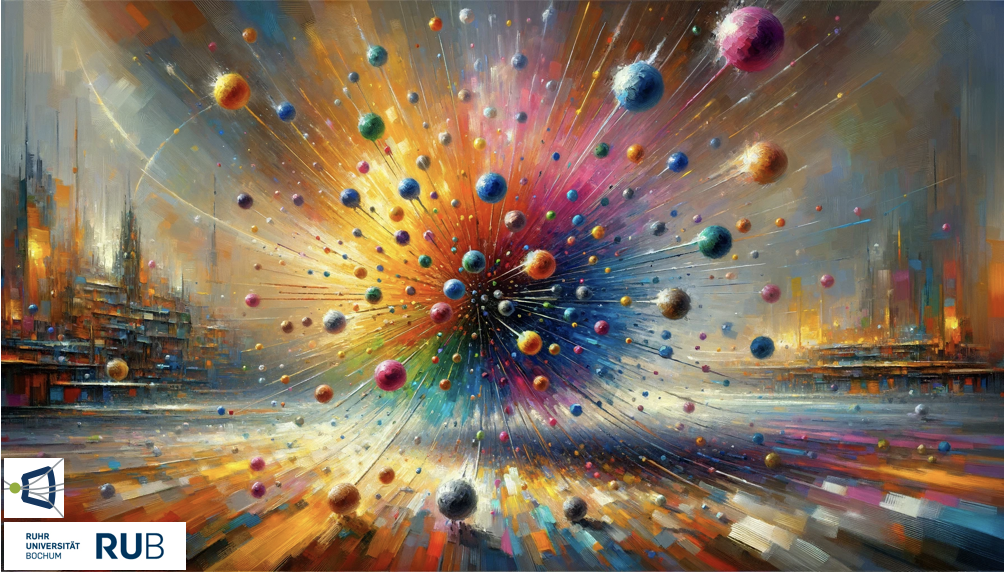This repository contains educational materials focused on the application of the
- Lecture Notes: Comprehensive notes detailing the theoretical background, mathematical formulation, and physical significance of the K-matrix formalism.
-
Practical Examples Notebook: An interactive Julia notebook that walks through several key examples illustrating the application of the
$K$ -matrix in different scenarios: - Exercise Solutions: Solutions to the exercises provided in the practical examples notebook.
-
Supplementary Materials: Additional resources and readings for further exploration of the
$K$ -matrix formalism and its applications in hadron physics.
The core of this repository are the following interactive notebooks:
- Pluto notebook with interactive K-matrix widget (Julia)
- Analyticity: Single-channel Riemann sheets (Python)
- Analyticity: Coupled channel Riemann sheets (Python)
Supplementary materials, including lecture notes and presentations, can be found here:
- Modelling conventions: PDG review on resonances
- Second talk: Analytic continuation within K-matrix formalism (Lena Zeynep Pöpping)
To get started with the materials in this repository, clone the repository using:
git clone https://github.com/rub-ep1/international-k-matrix-dayThis course utilizes Pluto notebooks, which requires Julia, and Jupyter notebooks, which requires Python. You can install and run Pluto and Jupyter yourself, but you can also use the provided Pixi environment.
-
Run one of the Pixi tasks:
pixi run lab
pixi run pluto
Warning
The first time you run pixi run pluto, it can take a few minutes before all Julia packages are downloaded and installed.
- K-matrix report from COMPWA project (see here, more references)
- "A Primer on K-matrix Formalism" by Chung (download from here)
- "The K-matrix formalism for overlapping resonances" by I.J.R. Aitchison, (journal paper)
We welcome contributions and suggestions to improve the educational materials. Please feel free to open an issue or submit a pull request with your enhancements.
This educational material is provided under MIT licence, free to reuse and distribute.

